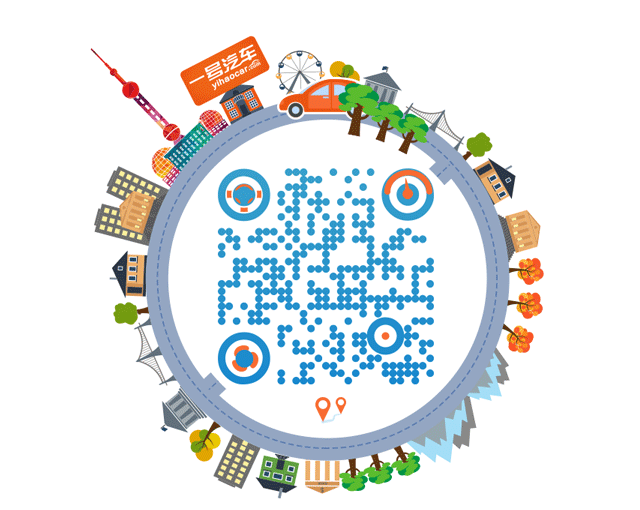What does automotive safety mean to you? Is it just about not running red lights, not driving under the influence, and obeying traffic rules? In fact, apart from accidents caused by violations, a significant portion of accidents each year occurs due to the following reasons. How many of these apply to you?

Looking at your phone, bending down to pick something up, feeling fatigued, being distracted, and not being able to brake in time, etc.
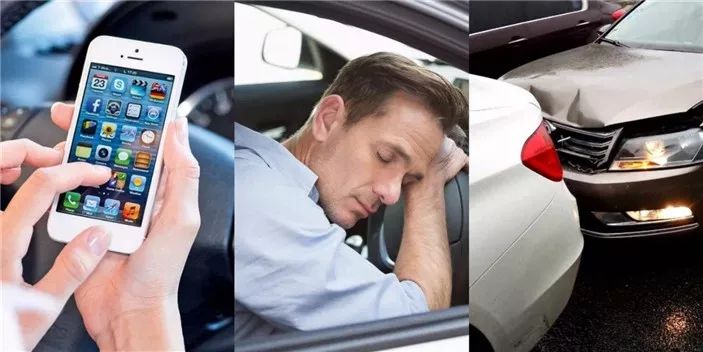
Take looking at your phone as an example. This behavior has now become a “norm,” with more and more “drivers” becoming “down-headed people.” However, danger often strikes the moment you look down. Statistics show that using a phone while driving increases the likelihood of an accident by 23 times. When driving at 60 km/h, if your gaze leaves the road for just 2 seconds, it’s equivalent to driving blind for over 30 meters. If you think of it this way, would you still dare to do it?
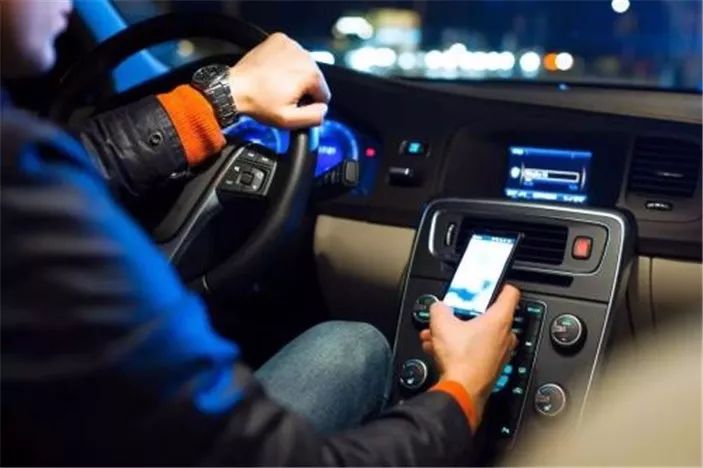
While looking at your phone, controlling the steering wheel with one hand can cause slight deviations due to uneven force on both sides. In the previous scenario, if the steering wheel turns by just 1°, the vehicle can drift half a meter. This is enough to affect vehicles in other lanes and cause larger accidents.

But can we really avoid all these situations? Honestly, I think it’s very difficult. Today’s smartphones have increasingly rich functionalities that have completely surpassed in-car systems, and in the future, we are likely to spend even more time on our phones.

Fatigue driving, although clearly regulated in the “Road Traffic Safety Law,” which states that drivers must rest for at least 20 minutes after driving for over 4 hours, is often a challenge for many busy office workers. Often, by the time they sit in the driver’s seat, they are already in a fatigued state.

Additionally, the increasing congestion on urban roads and the continuous expansion of highway mileage make situations like stop-and-go traffic and prolonged driving, which can lead to distractions, unavoidable.
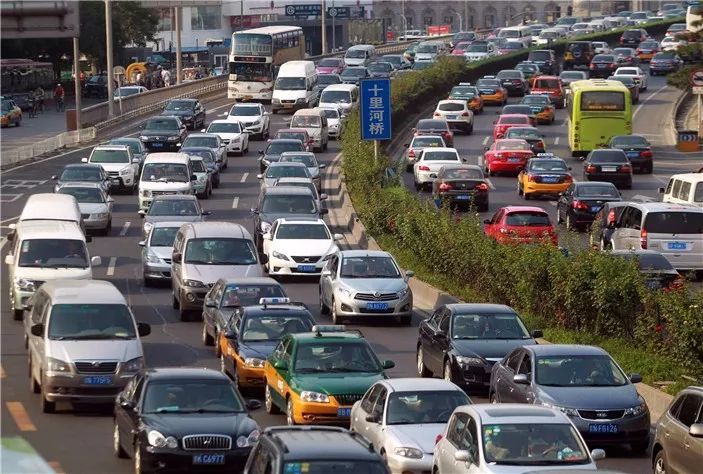
The probability of traffic accidents caused by these reasons will only increase in the future. We cannot guarantee that everyone can maintain a high level of focus in such a complex driving environment. Thus, ADAS was born.
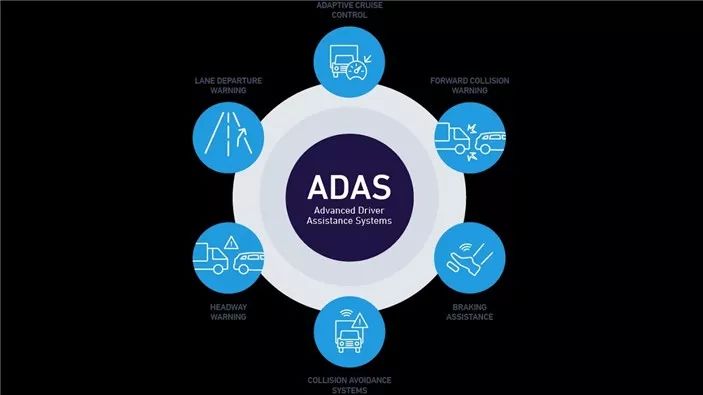
ADAS stands for Advanced Driver Assistance Systems. It is not entirely the same as the buzzword of autonomous driving or the increasingly popular ACC (Adaptive Cruise Control) system. To be precise, it lies between the two. You can think of today’s ACC as an upgraded version of the old cruise control, but ACC is just a small part of ADAS, and many concepts in ADAS will become the foundation for future autonomous driving.
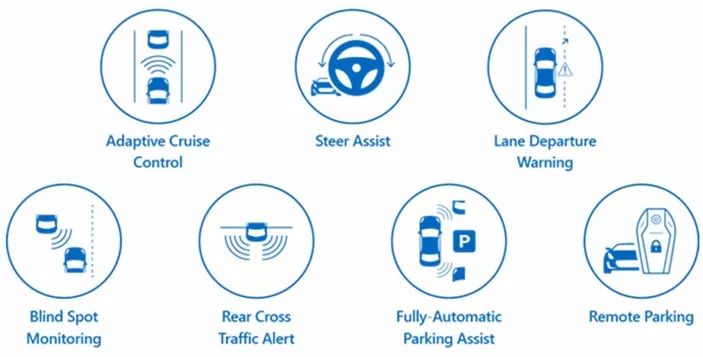
ADAS can sense the surrounding environment and collect data at any time through various sensors installed in the vehicle, recognizing, detecting, and tracking static and dynamic objects, and performing calculations and analyses combined with map data, allowing drivers to anticipate potential dangers. In simple terms, it provides countless eyes in the car to help you stay aware of everything happening around you and remind you in time.
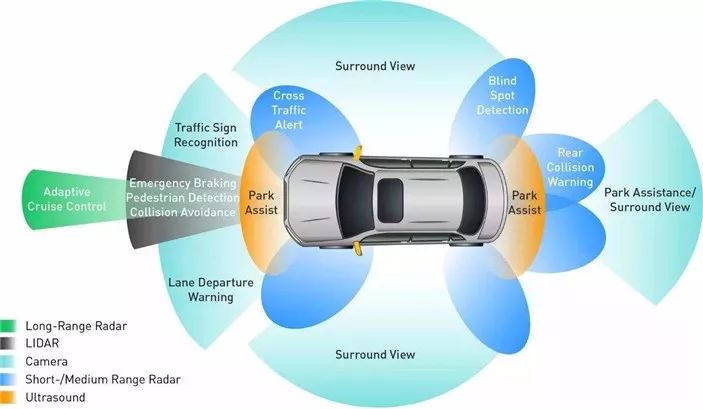
Although this system sounds miraculous, technology ultimately has to serve the public. Therefore, as ADAS continues to mature, some forward-looking car manufacturers have begun to implement it in ordinary family cars, with Roewe being one of them.
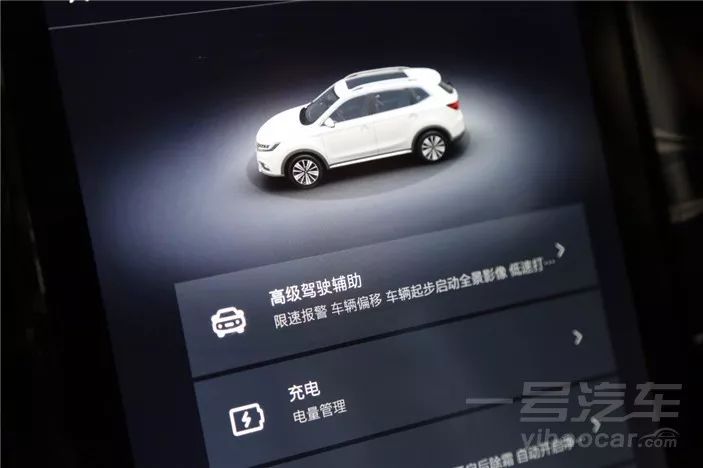
Recently, they launched an ADAS model based on their best-selling SUV RX5—the Ali Intelligent Internet Titanium Edition, which adds a smart dimension to the already intelligent RX5. So what can it do? What benefits can we gain from spending a bit more money?
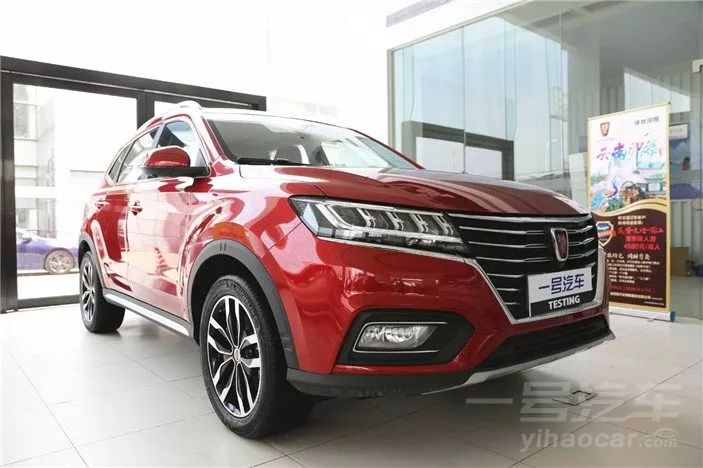
To explore this, I brought in a competitor to the Roewe RX5, the GAC Trumpchi GS4, which also boasts “intelligence.” These two cars are very similar in terms of size, positioning, price, and sales, and they are equipped with the Zebra Intelligent System provided by Alibaba and the intelligent vehicle system developed by Tencent, making it a battle of “AT” in the automotive world!
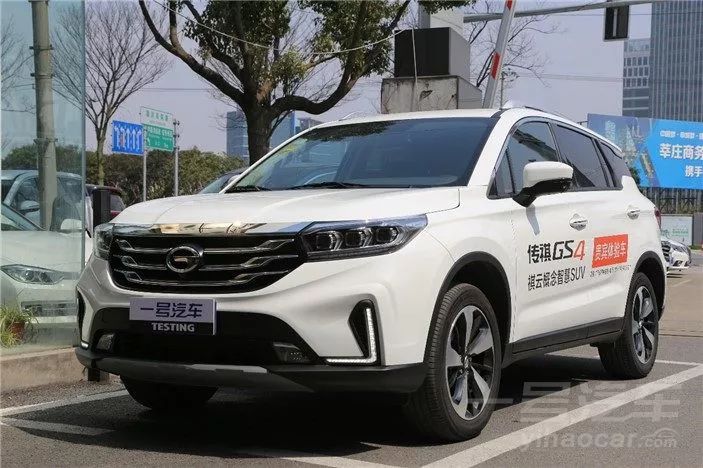
However, the RX5 ADAS version has four more features than the GS4: LDW Lane Departure Warning, FCW Forward Collision Warning, AEB Automatic Emergency Braking, and ACC Adaptive Cruise Control.
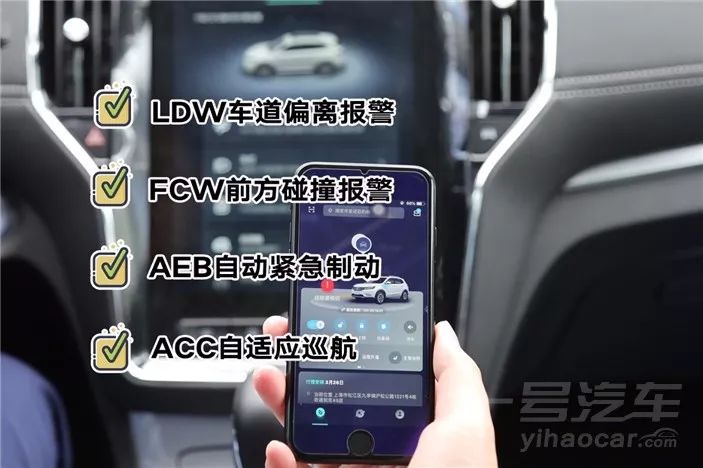
While these features may not be science fiction autonomous driving, they can effectively address the issues mentioned at the beginning of this article. For example, the LDW Lane Departure Warning can detect the distance between the wheels and lane markings when the vehicle exceeds 60 km/h, providing timely alerts if the driver unintentionally drifts out of the lane. Without this feature, the GS4 could collide with a vehicle in the adjacent lane at speeds over 60 km/h, potentially resulting in a more severe accident.
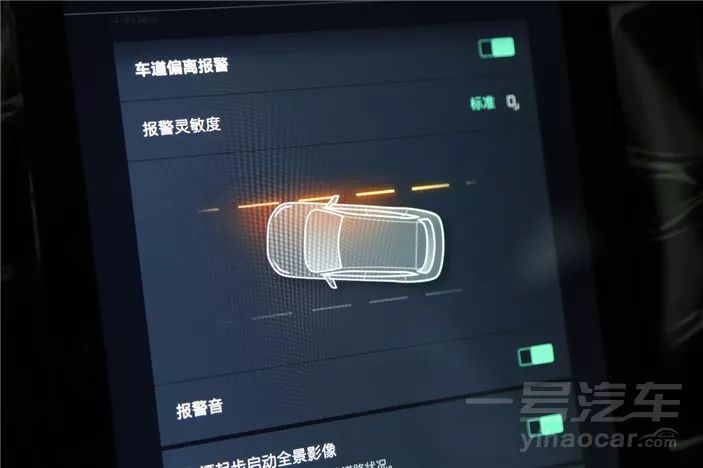
The FCW Forward Collision Warning and AEB Automatic Emergency Braking can detect the distance and speed between you and the vehicle in front. If an imminent collision is detected, it will alert you, and if you do not slow down, the vehicle will automatically perform emergency braking to minimize the impact. In contrast, the GS4, which lacks any alerts or automatic braking, is at a higher risk of rear-end collisions.
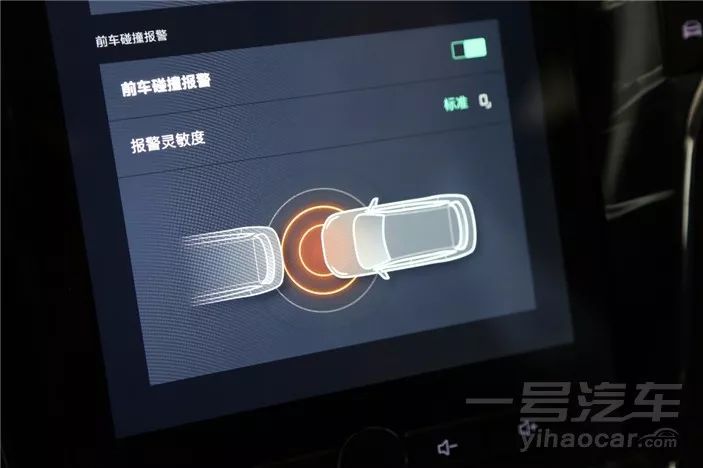
The ACC Adaptive Cruise Control system can maintain a set distance from the vehicle in front in real-time, not only enhancing safety while following but also reducing driver fatigue, effectively preventing accidents caused by decreased focus during long drives on highways.
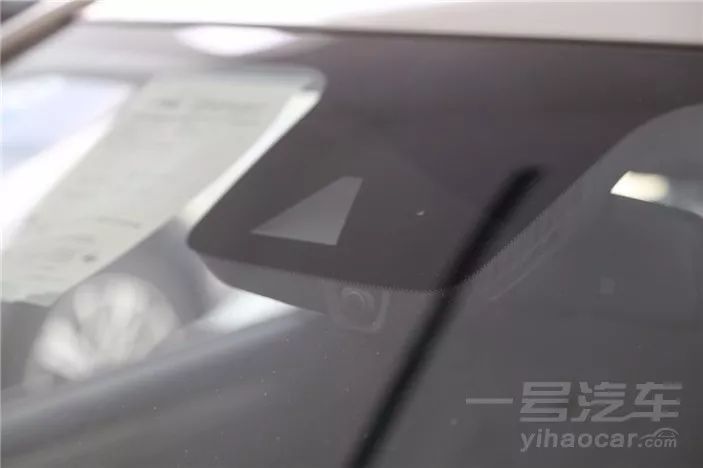
With these four major features, the ADAS version of the Roewe RX5 can navigate complex traffic environments more adeptly than the Trumpchi GS4. It helps to minimize traffic accidents caused by fatigue, distractions, and inability to brake in time during unconscious situations. However, no matter how advanced the safety system, road safety ultimately relies on everyone’s safety awareness!
Note: Some images are sourced from the internet.
Original articles are welcome to be reprinted, with credit to Yihao Auto.
If illegal reprinting is discovered, we will pursue legal responsibility.

